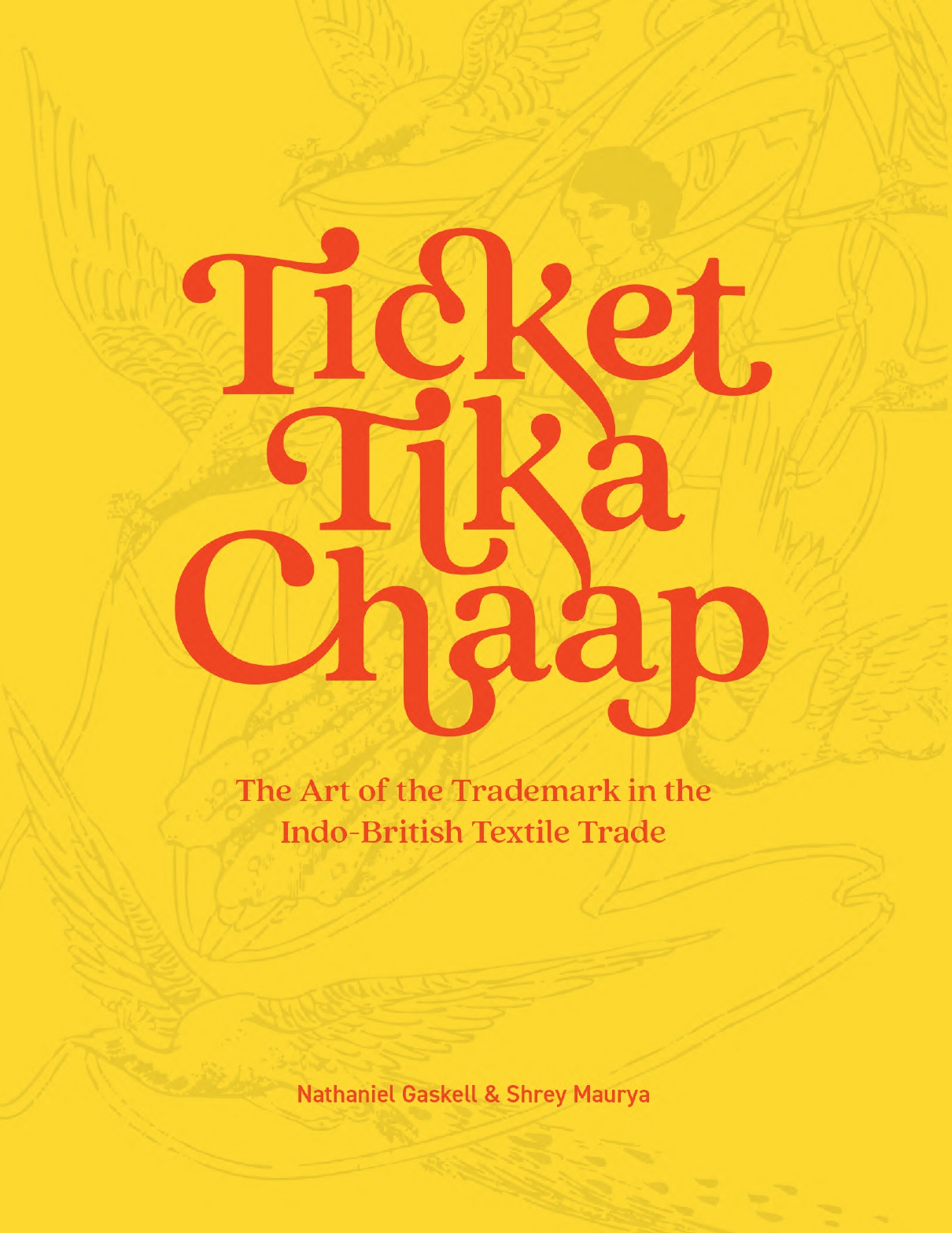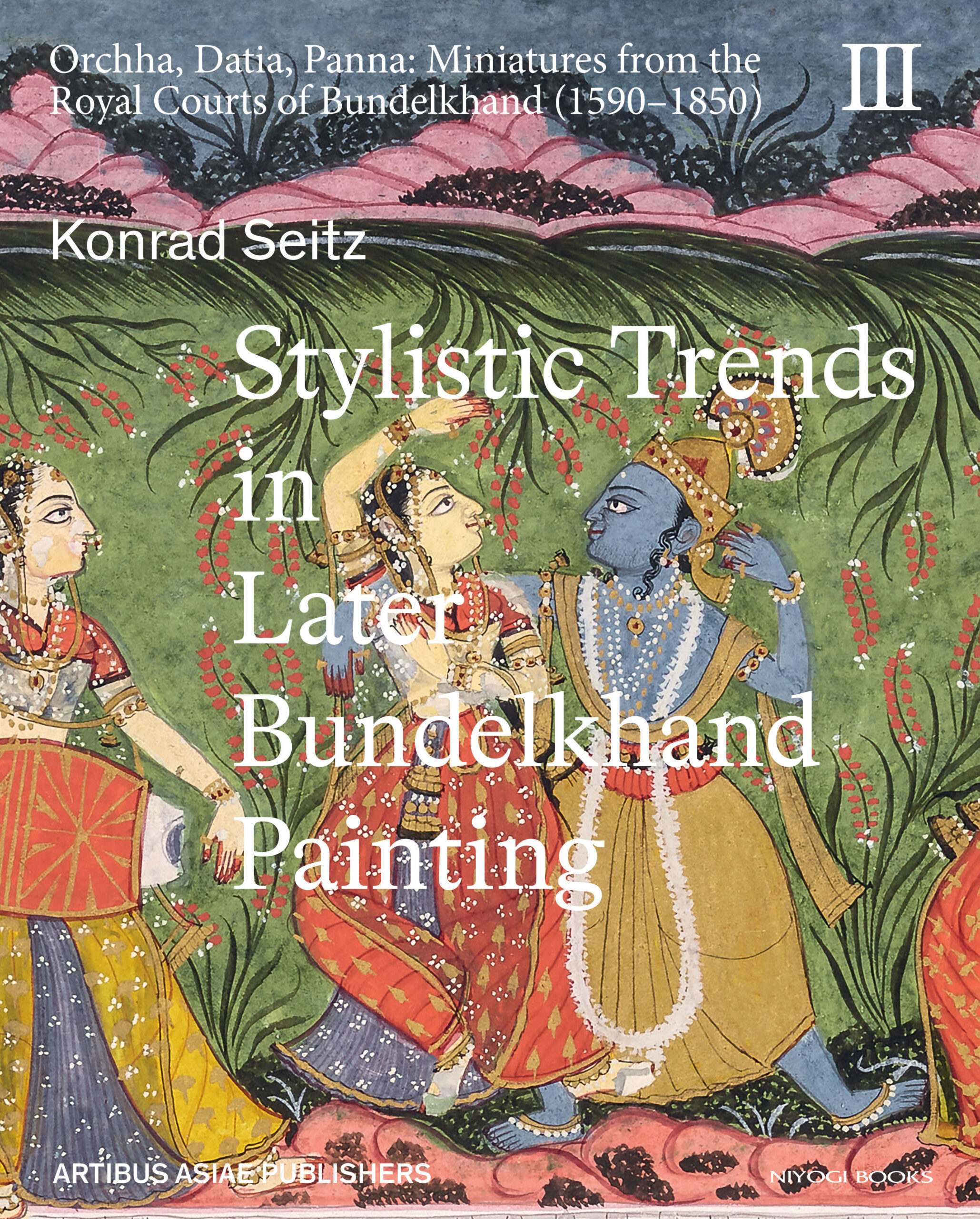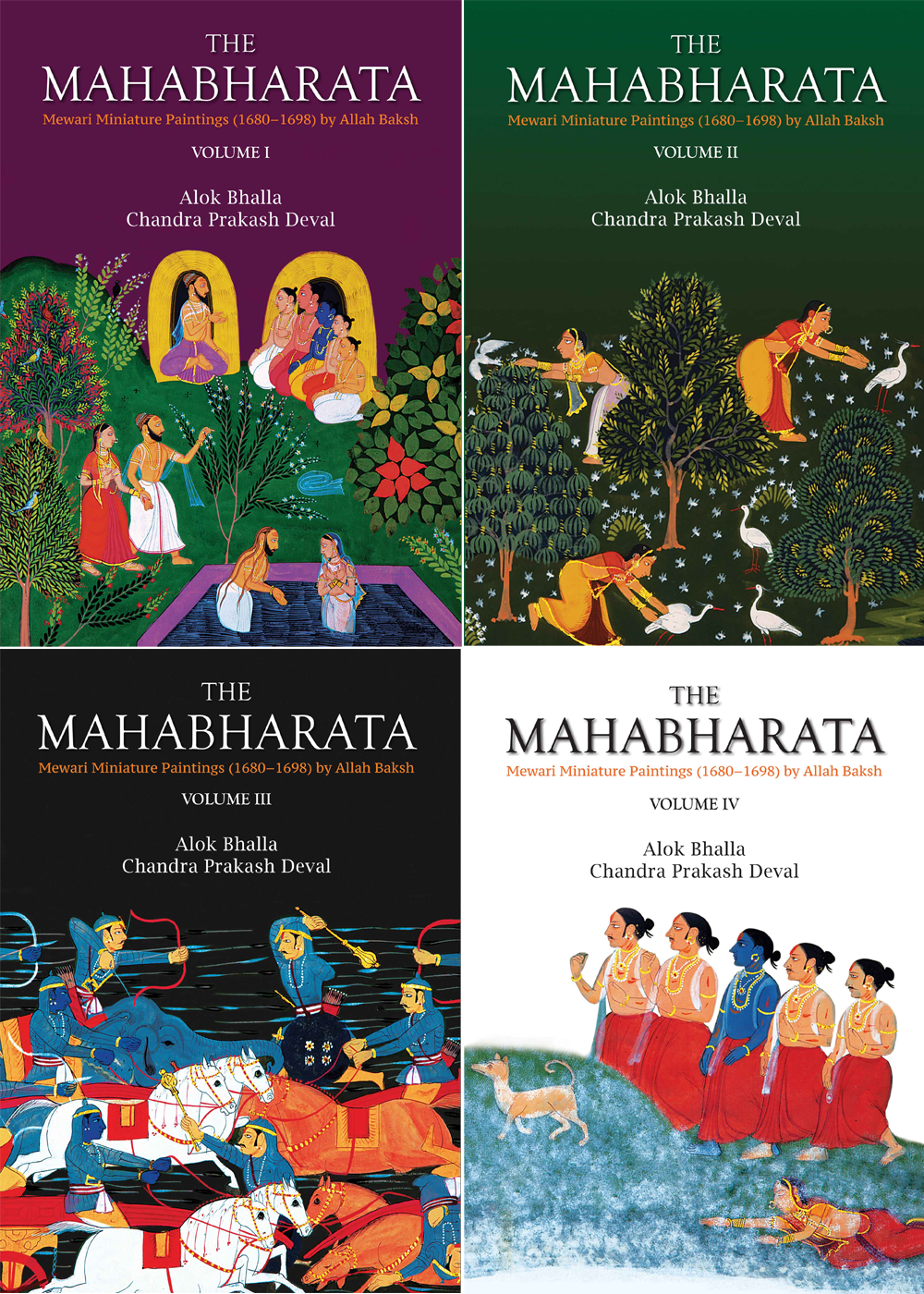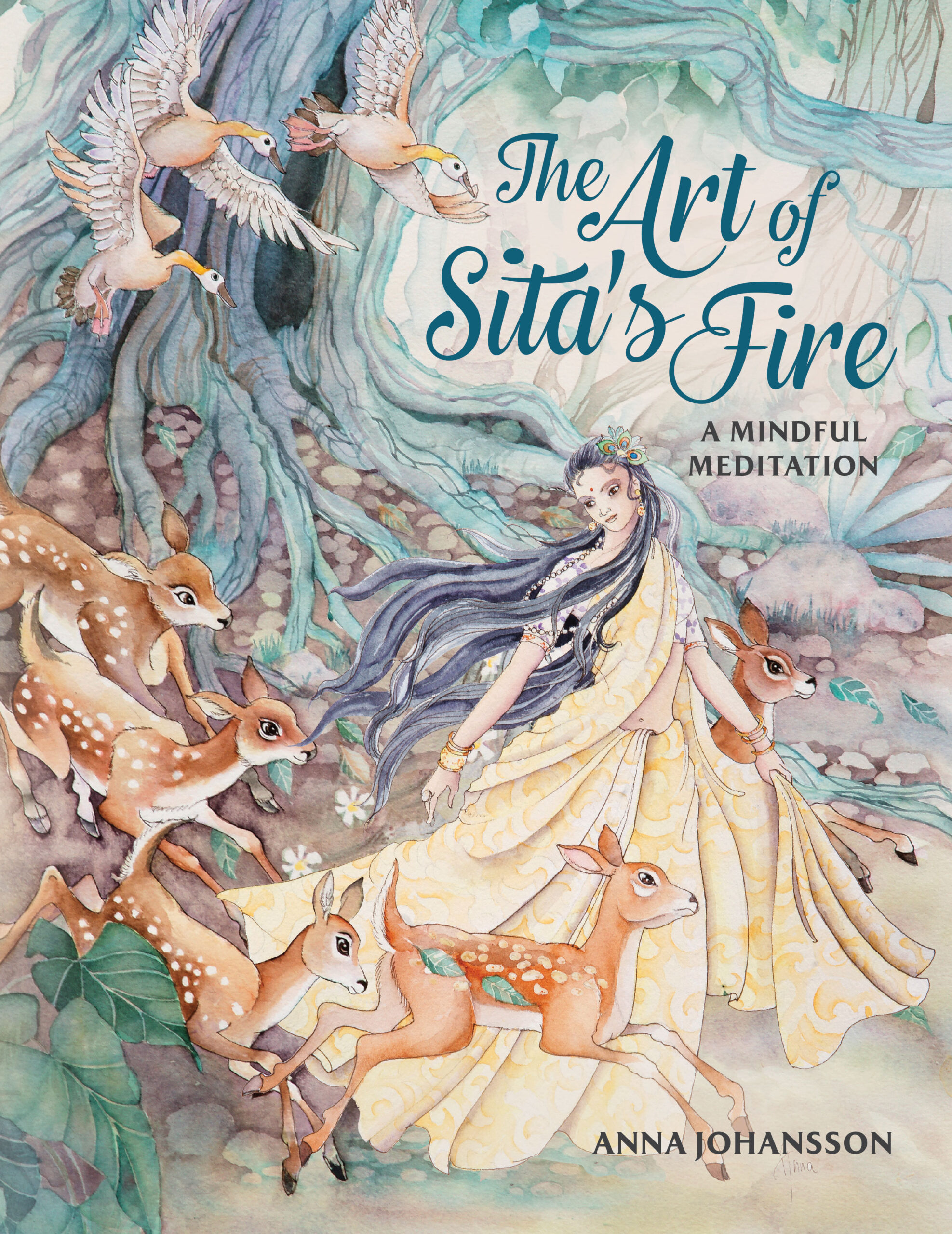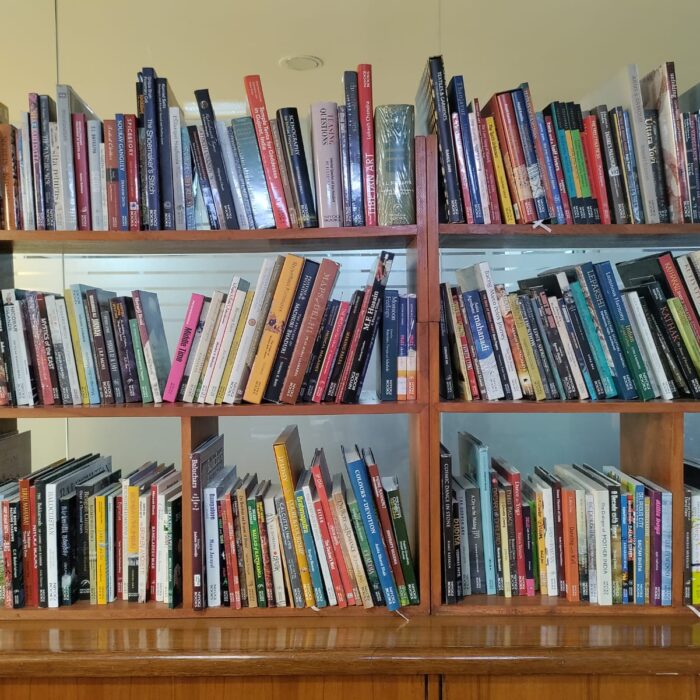Sign up and get notified with new article for free!

Book
Colours of Devotion
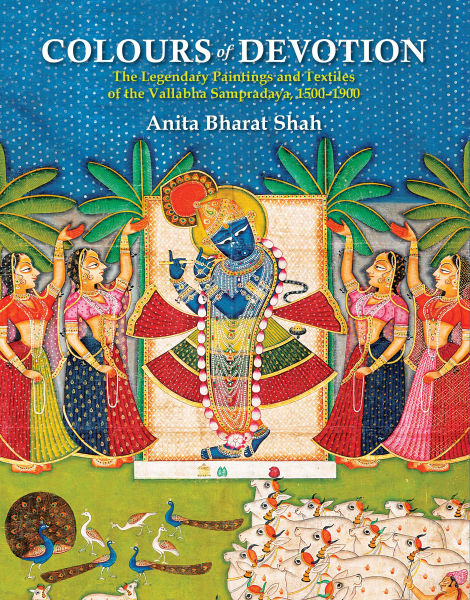
Colours of Devotion : The Legendary Paintings and Textiles of the Vallabha Sampradaya, 1500–1900
Indian art is deeply inspired by philosophical and religious thought. In this original and extensively researched work, the author explores the history of the Pushti Marg community. She explains the spiritual beliefs as laid down by the saint and founder Shri Vallabhacharya, which inspired the art that was created for use in the religious practices of the Vallabha Sampradaya.
This book first delves into the core of Pushti Marg—Vallabhacharya’s philosophy and theology of Shrinathji (a form of Krishna); secondly, it explores how his system of beliefs was expressed in an organized religion and rituals that resulted in the production of sacred objects, mainly paintings, pichvais and shrine textiles. Finally it discusses the influence of Pushti Marg on the social and cultural aspects that carried these traditions forward. While doing so, the book showcases many rare paintings and textiles created for the personal and public shrines of the faith.
The book reveals the provenance of the most important pre-Mughal manuscript, Palam Dispersed Bhagavad Puran, and that of Golden and Kalamkari pichvais. The fact that many of the beautiful artefacts, depicting aspects of the worship of Shrinathji, were created by Muslim artisans is a remarkable example of the syncretic culture of India. The author has analysed the influence of the Vallabha Sampradaya on Indian paintings in minute detail. As a member of a family that has devotedly followed the tenets of Pushti Marg across many generations, she is uniquely placed to offer an insider’s view of its philosophy, an in-depth understanding of its practices, and a museologist’s perspective on the exquisite artefacts inspired by this faith, which are now displayed in collections worldwide.
|

